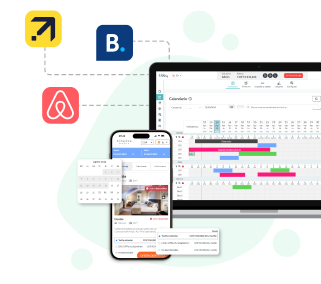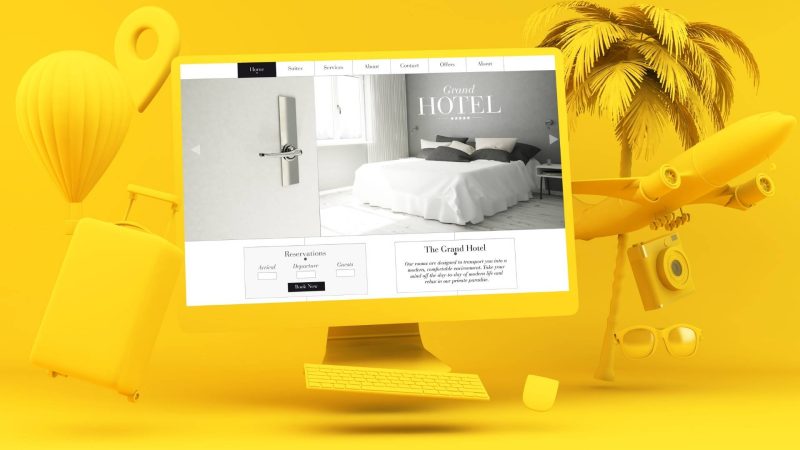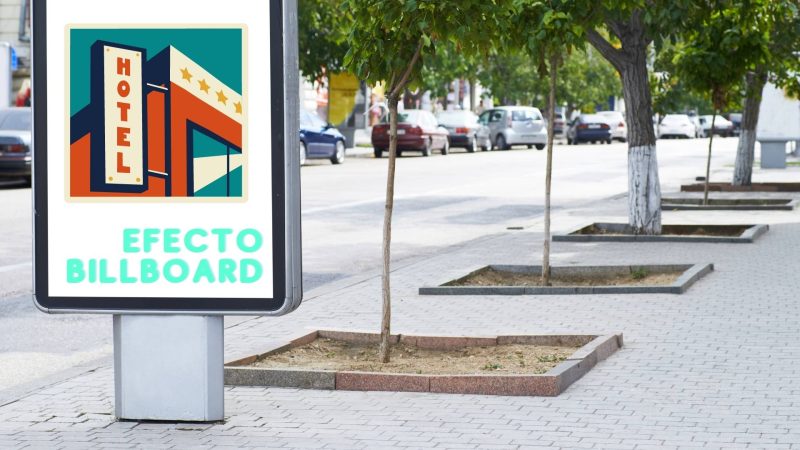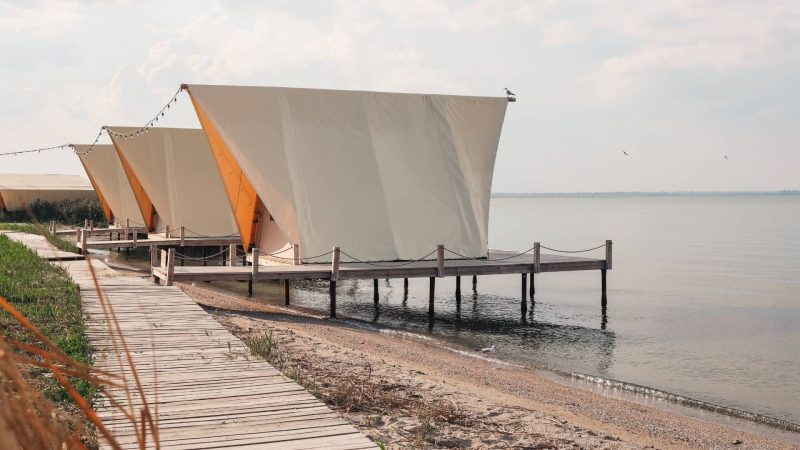Calculating the price of a hotel room to determine the best starting price on the market is a task that must be carried out for all properties, always taking into account different variables.
Hotel room pricing is generally set once a year in a process in which the 3 levels of pricing are analyzed and a strategy is established to work with them depending on the time of year we are living in. In addition, take advantage of the flexibility that your hotel PMS gives you to easily update your rates on the hotel’s different direct sales channels.
It is important to note that this analysis should be repeated as many times as necessary when significant changes occur in the behavior or variables of any of the 3 levels. If you have an adequate channel manager , updating these types of changes (rates) in your sales channels will surely not involve much work.

What are the 3 levels to consider when calculating the price of a room?
Regarding how to calculate the average rate of a hotel, you must first take into account the 3 levels to correctly define the prices of a hotel room:
Industry Level:
To calculate the price of a room in your hotel, the first thing to consider is the industry, and this point refers to the financial part. This is where we evaluate our costs, both fixed and variable, and financially define the value at which we should sell our hotel rooms to meet the break-even points and subsequently the expected profits.
Market Level:
It refers to our set of competitors and the square in which our property is located. Since our hotel rooms will be competing with others already on the market, we need to see what a room like ours is selling for today. In this way, we will try to adjust our rates so as not to be left out of the market due to a lack of competitiveness in prices. We must also be clear about the additional services that each property offers and that are included in the nightly rate. In this way, the task of calculating the price of a hotel room will be more effective.
Transactional Level
This level is managed by revenue managers and refers to the price movements that must be made according to the purchase conditions. This is because we should not charge the same to someone who buys a room from us in advance, or who is staying more nights than usual, or who is buying specific days of the week.

What implicit variables exist in these 3 levels of room pricing?
With these concepts clear, we will be able to calculate the average rate of a hotel or, to be more specific, the price of a hotel room in an appropriate manner , without forgetting that we must take into account all the variables implicit in these 3 levels. Below, we list some tasks that you must perform at each level in order to carry out the price assignment appropriately:
For the Industry Level:
- Establish the variable costs of opening a room. Remember that due to the nature of the business, these costs are low compared to the fixed costs of the establishment.
- Define whether a higher category room has a higher cost financially. For example, if all rooms have a shower and you have one with a jacuzzi, of course there will be an extra cost (and in the end, an extra price) for the use of this additional feature of the jacuzzi in the room.
- Be clear about how much your establishment’s expected profitability is and the break-even point
For the Market Level:
- Define a competitive set against which you will compare yourself. Remember to take into account variables such as: services, category, location, room types. We recommend that this set not include more than 5 hotels in order to limit the study to the most specific competition.
- Validates the average rates that are for sale.
- Don’t forget to validate permanent discounts such as “genius” and mobile. These discounts are important when defining the rate structure at market level, since most sales are made through these discounts.
Finally, for the Transactional Level:
- Not all dates of the year have the same rates. Check special dates and those where there are holidays or some type of season. With this information, you will be able to validate how much the rates fluctuate between one period and another.
- Validate the prices of your competitive set in different combinations of dates. Keep in mind that due to some type of length of dates or advance purchase, there may be variations between weekdays and weekends. It is also important that you validate the conditions of the rate (flexible, non-refundable, partially refundable).
- As sales increase at your establishment, you will learn about its dynamics. This will allow you to define restrictions or conditions based on your own demand. If you receive many reservations with check-in on Friday and check-out on Saturday, you can set a higher room rate for Fridays, even if this is not the case at your location.
- Finally, we recommend that you read the information provided by the OTAs very carefully. For example, when they tell us that the average stay in our area is 3 nights. This means that if we are going to establish a promotion for a minimum stay, it must be 4 or more nights in order to capture a new market and not give the discount to the majority of people.
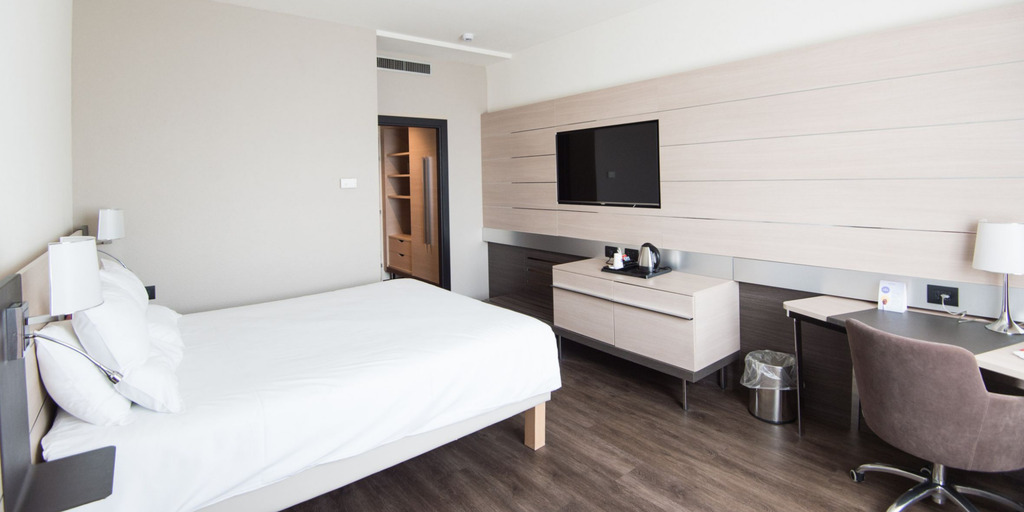
Now, with these variables clear, all that’s left is to start putting everything into practice. Remember that the process of calculating the price of a hotel room is something that improves over time.
Here we give you the main characteristics on how to calculate the average rate of a hotel to take into account, however, only with the passing of days, months and years, it is you, individually, who will sharpen your understanding of the market to define the most appropriate rates for your hotel.

